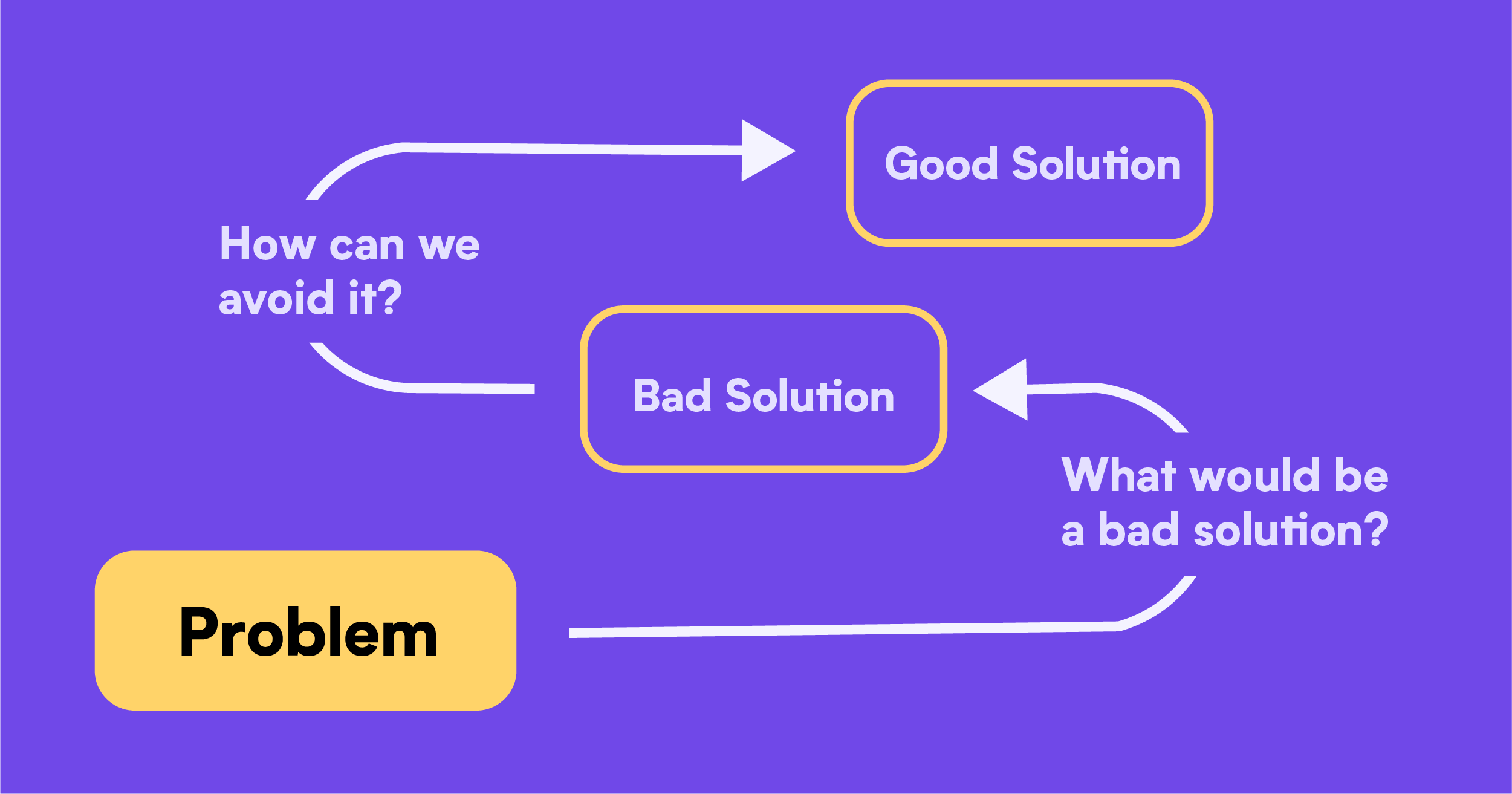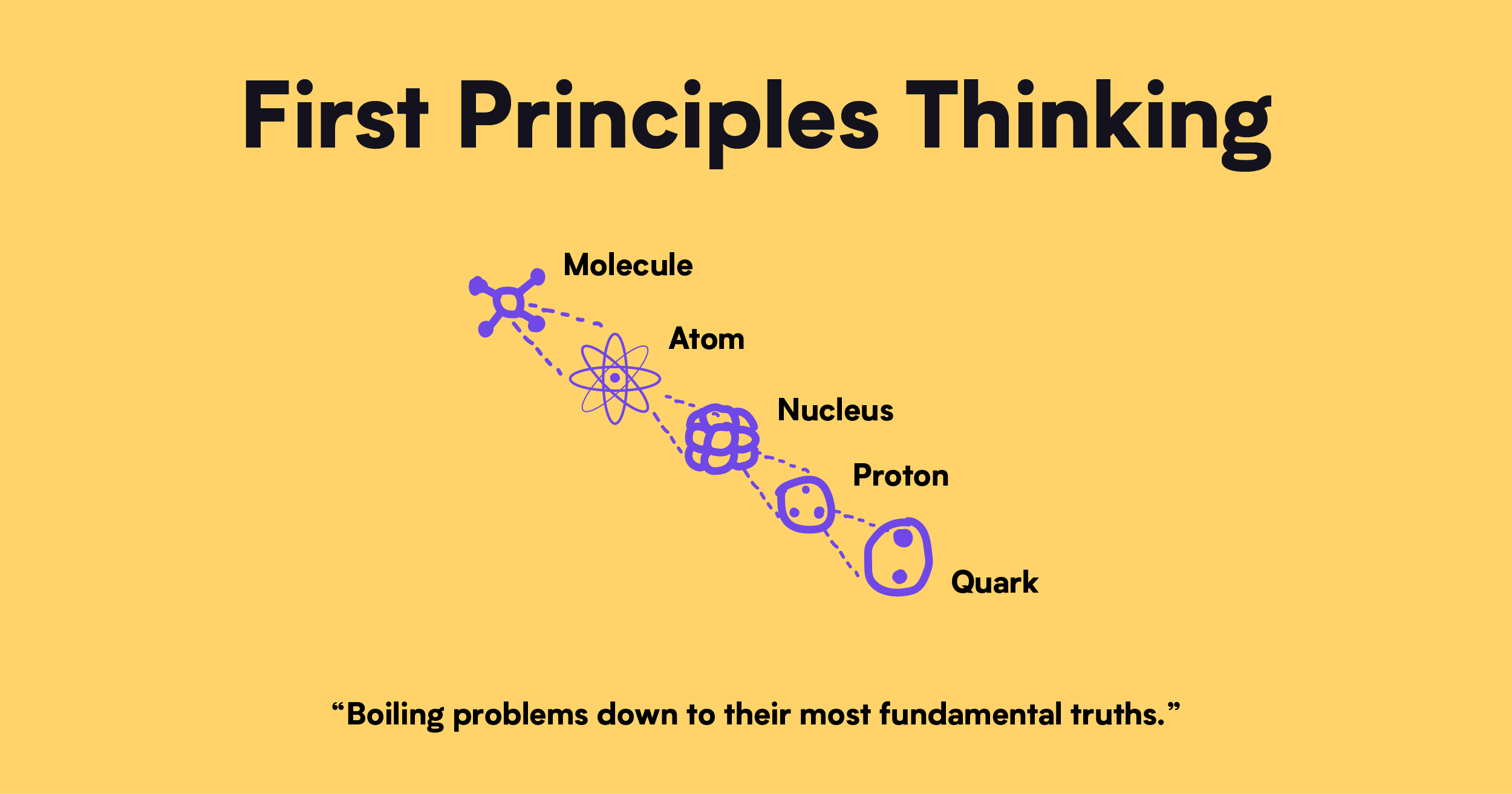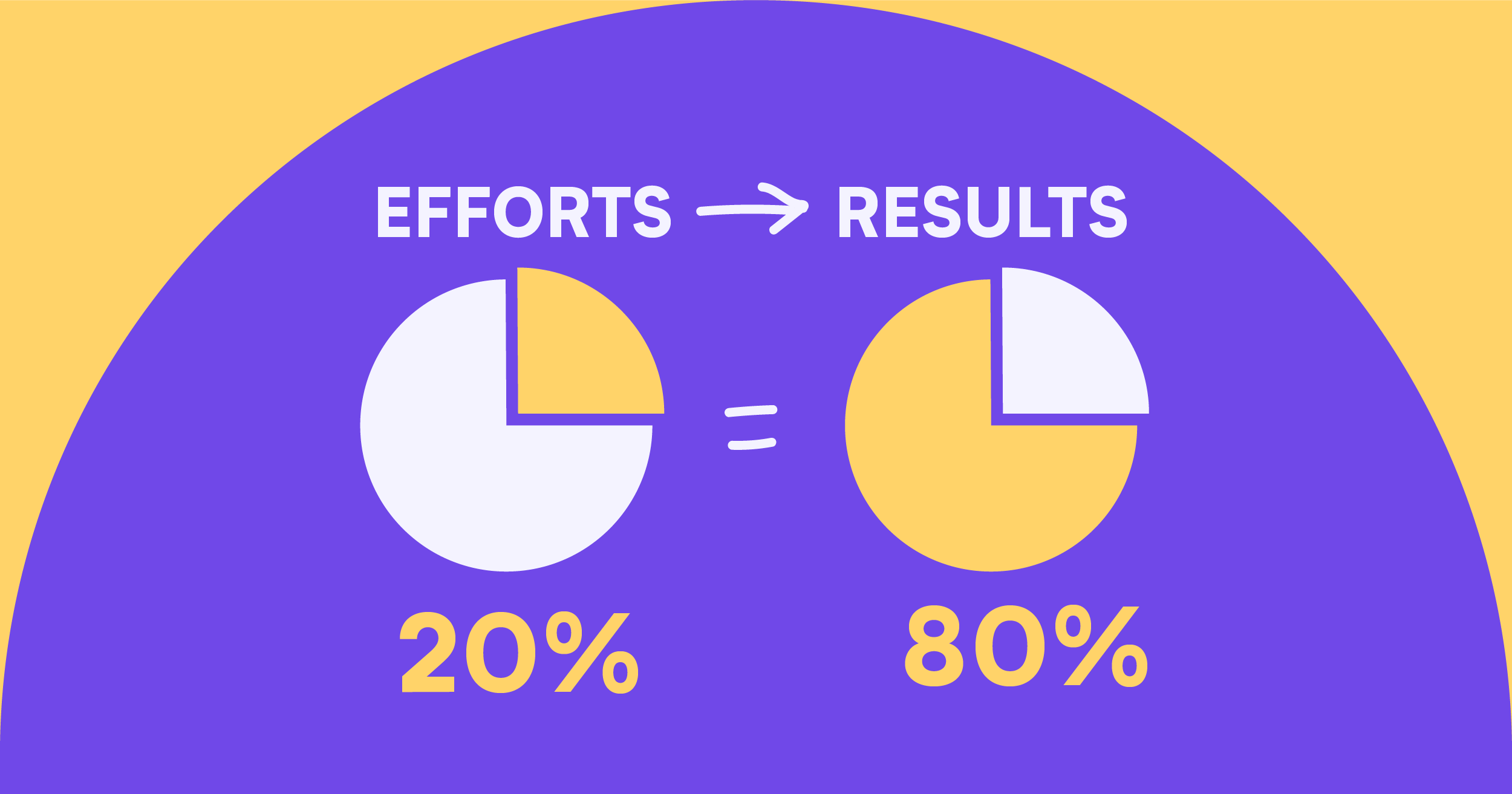5 mental models successful people use

Remember the last time you got caught in a problem? Maybe you solved it. But, oftentimes, the situation deteriorates. You can’t seem to reach the root cause of a problem, prioritize short-term decisions over long-term success, and sometimes even worsen the situation. It happens to me.
The solution? Mental models. As Julian explains, “Mental models are frameworks for thinking. They simplify complex situations so you can reason through them easily. They help you make good, long-term decisions without needing to know everything about a situation.”
It’s how Jeff Bezos, Elon Musk, Charlie Munger, and thousands of successful people understand and solve problems. They use mental models as thinking tools to understand how things work and make better decisions. You can, too.

5 mental models you should start with:
1. Inversion

Inversion helps you avoid worst-case scenarios. Rather than thinking about your desired outcome, ask yourself, “what will make the situation worse?”
Charlie Munger explains this well. “Invert, always invert: Turn a situation or problem upside down. Look at it backwards. What happens if all our plans go wrong? Where don’t we want to go, and how do you get there? "Instead of looking for success, make a list of how to fail instead–through sloth, envy, resentment, self-pity, entitlement, all the mental habits of self-defeat. Avoid these qualities to succeed.”
For example, say you want to improve internal team communication. Instead of thinking, “What should we do to improve team communication?” ask yourself, “What are the top things we should avoid that would worse team communication?” Ensure your team doesn’t do those things. Take care of all the bad things — and the good outcomes are inevitable.
2. First-principles

First-principles thinking is breaking down a complex situation into its foundational basis — and building from there. You question every assumption you think you ‘know’ about a given problem or scenario — and then create solutions from scratch.
Nobody embodies first principles thinking better than Elon Musk. When he started SpaceX, he first decided to buy rockets from outside. But, the cost was astronomical — $65 million. SpaceX couldn’t afford it, but this didn’t stop him.
“I tend to approach things from a physics framework,” Musk said in an interview. “Physics teaches you to reason from first principles rather than by analogy. So I said, okay, let’s look at the first principles. What is a rocket made of? Aerospace-grade aluminum alloys, plus some titanium, copper, and carbon fiber. Then I asked, what is the value of those materials on the commodity market? It turned out that the materials cost of a rocket was around two percent of the typical price.” So he decided SpaceX would build its own rocket — and the rest is history.
Rather than accepting the established truth (“rockets are expensive”), Musk reasoned through first principles to build cheap rockets. If he didn’t question the existing belief, SpaceX would have never been born.
Here’s how to practice first-principles thinking:
(Shane Parrish calls this Socratic questioning)
- “Clarifying your thinking and explaining the origins of your ideas (Why do I think this? What exactly do I think?)
- Challenging assumptions (How do I know this is true? What if I thought the opposite?)
- Looking for evidence (How can I back this up? What are the sources?)
- Considering alternative perspectives (What might others think? How do I know I am correct?)
- Examining consequences and implications (What if I am wrong? What are the consequences if I am?)
- Questioning the original questions (Why did I think that? Was I correct? What conclusions can I draw from the reasoning process?)”
3. Hanlon’s razor
If a colleague doesn’t submit a project on time, many managers conclude that “that’s because they are incompetent and a mediocre employee.” But, it could also be because they were ill, or someone (in an authority position) asked them to do another task.
You mustn’t assume the evil intentions in the actions of others every time. That’s what Hanlon’s razor asks us to do. “Never attribute to malice what could be explained by carelessness.” Misunderstanding and negative assumptions erode trust and coordination.
So, always lead with positive assumptions. Don’t assume negative intentions in the actions of others unless they give you a reason to. It will help you attract positivity, avoid negativity, and maintain healthy relationships.
4. Second-order thinking
Suppose a company (A) funds a startup to attack its main competitor’s premium product. The startup succeeds, but now it’s powerful enough to compete with A and goes on to outcompete it. Whoops!
Most people use first-order thinking like A. They focus on the obvious implications without thinking about further consequences. But, the smartest people are second-order thinkers. They think about the second, third, fourth, and the nth order effects before making decisions. It helps them make better decisions, avoid bad outcomes, and compound long-term success.

So how do you become a second-order thinker?
a) Ask “and then what?” until as many orders as you find practical.
b) Think about a decision in different timelines. Ask yourself, “What will be the consequences of this decision in 10 minutes/10 months/10 years?” This way, you’ll think about the short-term, medium-term, and long-term consequences and make decisions accordingly.
5. Pareto principle

The Pareto Principle (also known as the 80/20 rule) states that 80% of your outcomes come from the 20% of causes. True for business, relationships, productivity, or for anything in life.
For example:
a) 80% of the value of your friendship will come from 20% of your friends. Cherish those friends. Spend more time and deepen your relationship with them.
b) 80% of productivity comes from doing 20% of the tasks. Identify and prioritize tasks. These tasks will compound your career and provide joy to you.
Success comes to those who use mental models
Mental models aren’t perfect. They won’t work in 100% of the situations. But, work enough to sharpen your thinking, avoid common failures, and attract luck. And that’s all you need to succeed, isn’t it? Get started with the above mental models.





